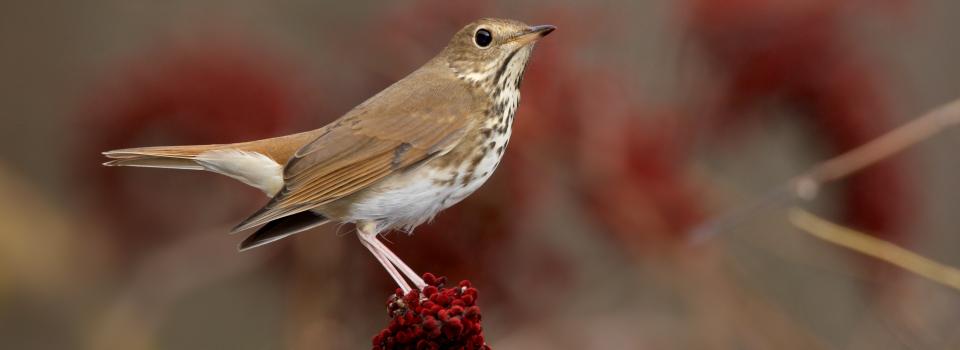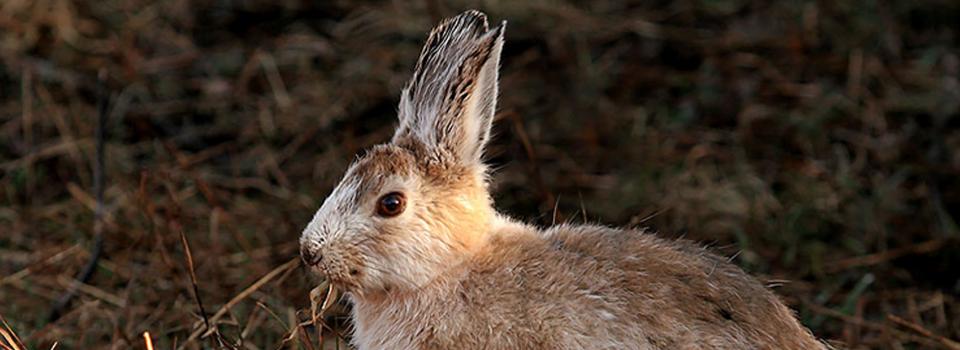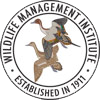
Hermit Thrush
Photo by: Robert Royse

Box Turtle
Photo by: Jonathan Mays

Snowshoe Hare
Photo by: Mike Hodgson

Timber Rattlesnake
Photo by: Kelly Wiley

Gray Seal
Photo by: Jonathan Mays








The major goals of this project were to integrate conservation information on Species of Greatest Conservation Need (SGCN) and their habitats with land use planning decisions. Our intent is for decision-makers, particularly those at a local scale and volunteers who may not have extensive training, to be able to access the information they need to answer their questions within a few simple keystrokes. NatureServe and its partners at Defenders of Wildlife, the Environmental Law Institute, the Pennsylvania Natural Heritage Program, and the Virginia Natural Heritage Program were awarded this RCN grant to develop an initial toolkit for planners that addresses: a) easily providing SGCN and habitat information; b) funding sources to aid wildlife resource planning; c) legal frameworks in each state that address SGCN; d) Best Management Practices; e) and delivery mechanisms for these information sources.
A regional and state by state overview of wildlife conservation practices in the northeast will help identify priorities for future studies, reveal gaps in our information and highlight successful programs. This work builds on the Terrestrial Ecosystem and Habitat Map of the Northeastern United States developed by The Nature Conservancy and NatureServe under a separate RCN grant. The study also builds on a wealth of information previously compiled by each partner, as well as an inventory of existing delivery mechanisms, legal requirements, Best Management Practices, funding sources, and key networking and dissemination opportunities available in the Northeast region. Through in-depth interviews with state wildlife agencies, as well as selected land trusts and municipalities, the study identifies gaps in the existing delivery system that may be filled through an expanded toolkit.
This project was completed in February 2012. The final report provided below includes: a) an overview of wildlife and conservation information available from a national / regional and state level, as well as detailed information (see Appendices 1-14) – also provided below in Excel spreadsheet format; b) case studies of integrating biodiversity conservation into planning in Virginia (Appendix 15) and Pennsylvania (Appendix 16); c) legal conservation frameworks for each state (Appendix 17) ; d) funding sources for conservation by state (Appendix 18); and e) links to a demonstration toolkit for three states (Virginia, Pennsylvania, and New Hampshire) on NatureServe’s LandScope America designed to bring together maps, data, and stories about natural places and present them in highly dynamic and accessible formats.
Name: Lesley Sneddon
Title: Northeast Regional Ecologist
Organization: NatureServe
Email: Lesley_sneddon@natureserve.org
Address: 11 Avenue de Lafayette, 5th Floor, Boston, MA
Phone: 617-542-1908 x 245
Fax: 617-542-1620

© 2020 A Wildlife Management Institute Project